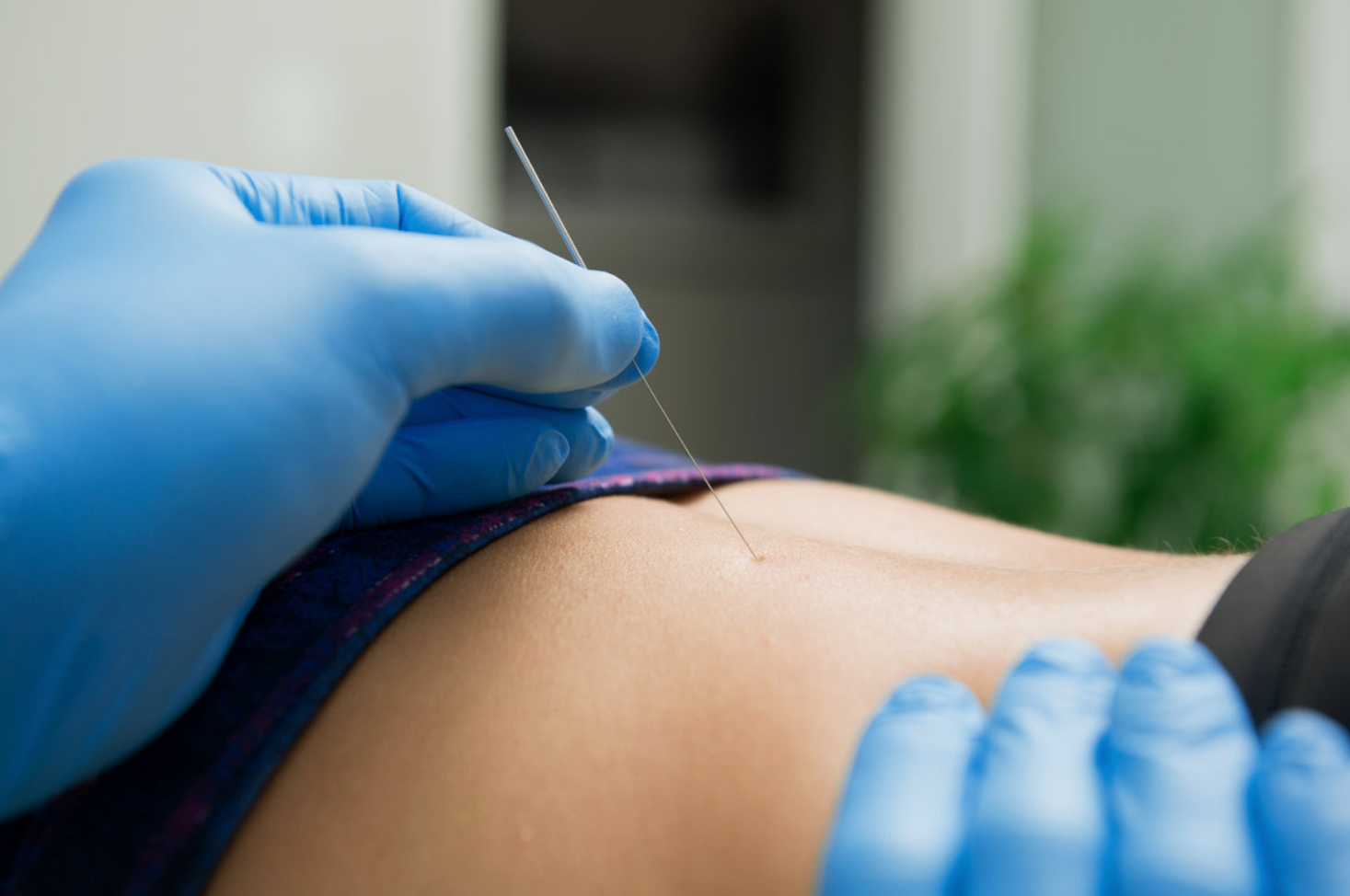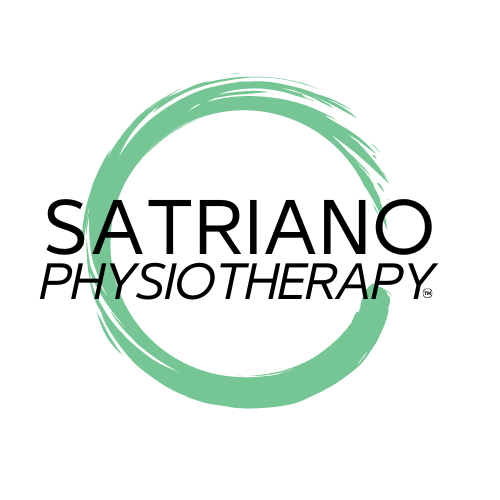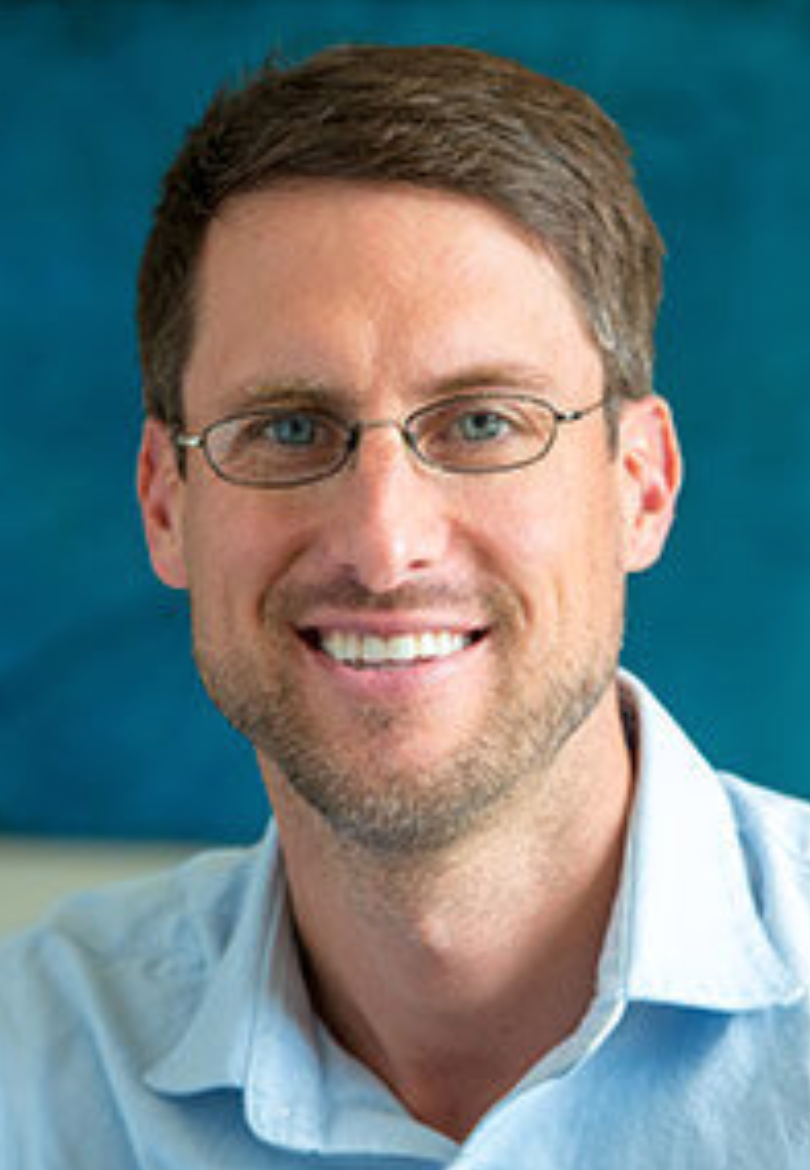
Dry Needling Trigger Point Therapy
Dry needling is an exceptionally effective nonsurgical trigger-point therapy that utilizes micro-thin monofilament needles to reduce or eliminate pain.
With its ability to deliver game-changing results without the need for medication or complicated procedures, dry needling offers several benefits:
Reduces or eliminates pain
Improves range of motion
Restores functionality
Enhances blood flow and oxygenation to muscles
Helps prevent unnecessary invasive procedures
For those who haven't found relief through medication, or surgery, trigger point dry needling could make a significant difference.
Often, the diagnosis of pain overlooks the role of muscles and their accompanying myofascial tissue as causative factors. Muscle contractures, or knots, can develop due to everyday postures, positions, and repetitive movements, leading to pain and dysfunction over time.
As a chronic-pain patient and a physical therapy practitioner experienced in dry needling techniques, I have both personal and professional expertise. I have trained over 1,000 physical therapists and other healthcare practitioners in advanced dry needling and Myofascial Pain Science.
How Does Dry Needling Work?
Unlike injection-based needling, dry needling does not involve any solution or medication. Instead, the thin needle acts as an extension of manual physical therapy treatments. The needle is inserted into the muscle to release trigger points that cause pain.
The sensation experienced during dry needling varies based on individual comfort levels and may range from nearly undetectable to mild discomfort. As the treatment progresses, myofascial trigger points are released, sometimes causing a twitch or "jump" sensation, akin to soreness.
Immediate relief can occur for some patients, while others may require multiple sessions. Soreness following the treatment is common, similar to what one might feel after an intense massage or exercise. In some cases, experiencing soreness or the "familiar pain" during the procedure can indicate positive outcomes.
What Does Dry Needling Actually Do?
Dry needling effectively treats myofascial structures, scar tissue, and trigger points. Trigger points are taut bands within muscles that can disrupt function, restrict range of motion, refer pain, or cause local tenderness. Dry needling can decrease banding or tightness, improve blood flow and oxygenation, and reduce local and referred pain when applied to dysfunctional muscles or trigger points. It can also enhance a muscle's range of motion, strength, and reaction time, often with immediate results.
Is Dry Needling Proven? Recent Cochrane reviews and Meta Analyses have recommended the use of dry needling over a placebo for pain reduction and function restoration. The highest levels of evidence support dry needling's effectiveness in treating various musculoskeletal and orthopedic conditions.
Dry Needling and Insurance Coverage?
While some insurance providers cover dry needling as a manual therapy technique, others are still finalizing reimbursement procedures. Due to its significant effectiveness in helping patients avoid unnecessary procedures and surgeries, many patients are willing to pay out-of-pocket for the treatment.
What Should You Do After Dry Needling? After a dry needling treatment, I will provide guidance on maintaining the achieved results, which may include breathing exercises, taking micro-breaks at work, and strengthening through targeted movements.
Engaging in some form of movement or activity is highly recommended, tailored to each individual case. This could range from simple walks to skilled athletic drills or neuromuscular re-education. The ultimate goal is to create lasting changes that keep you away from the surgeon's table.
I’m working on a cluster of nerves in the base of this patient’s neck to relieve pain and increase mobility.
A total of eight dry needles were used to during this dry needling therapy session along the patients spine.
Schedule Your Consultation
Schedule a 20-minute phone call with me, and we can determine if I am the right practitioner for you. I schedule new patient consultations between Monday and Wednesday from 7:00 am to 5:30 pm. My Baltimore office is conveniently located near Towson, Timonium, Cockeysville and Roland Park.
Ready to get started?



